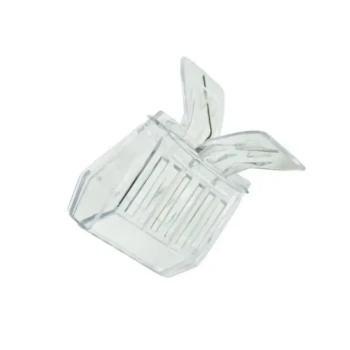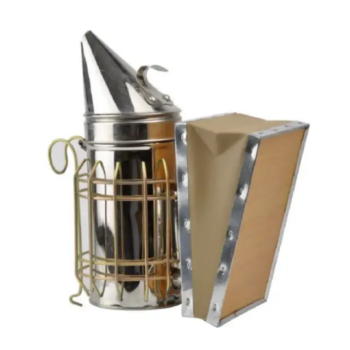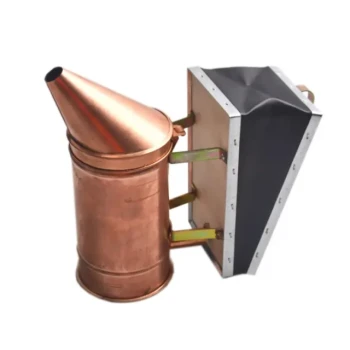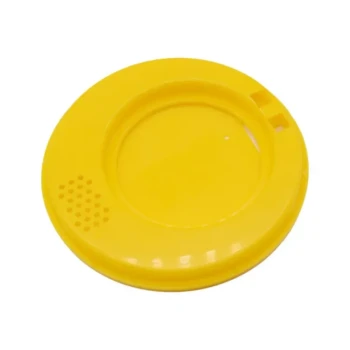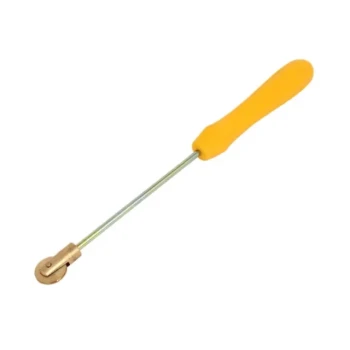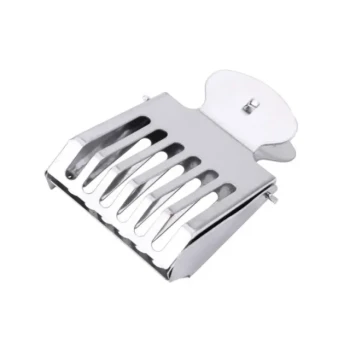Timing is everything when feeding pollen to your bees. The most effective time to provide a pollen patty is in the late winter, approximately two to three weeks before the first natural pollen sources in your area begin to bloom. This strategic feeding encourages the queen to ramp up egg-laying, ensuring a strong, populous colony ready for the main spring nectar flow.
Pollen feeding is not about saving a colony from starvation; it's a deliberate signal to stimulate brood rearing. Initiating this process too early drains vital winter stores on a useless population, while timing it correctly creates a powerful workforce precisely when it's needed most.
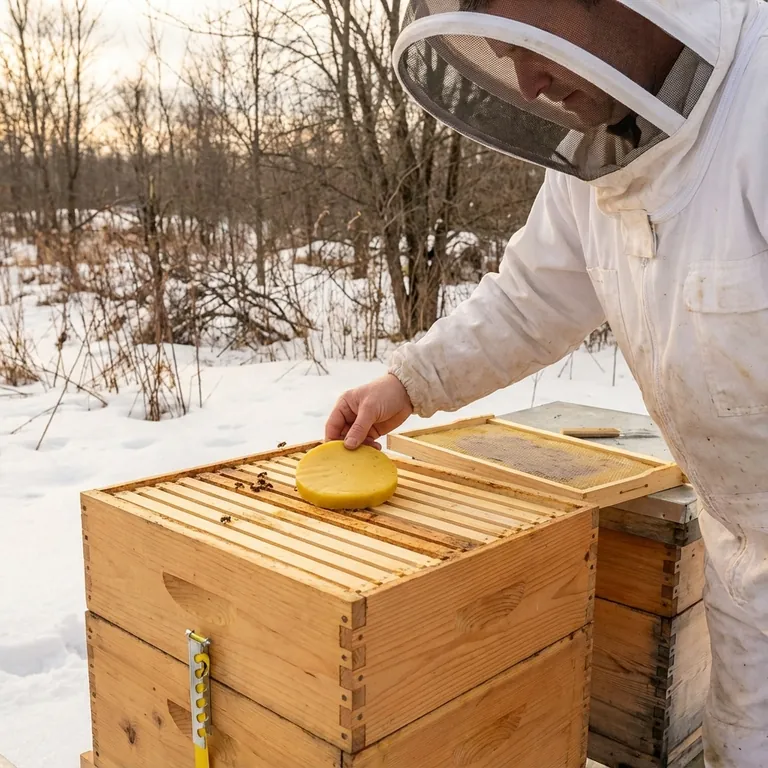
Why We Feed Pollen
Pollen is the primary source of protein, vitamins, and minerals for honey bees. While they store honey (carbohydrates) for energy, they rely on a consistent supply of pollen to raise new bees, or brood.
The Goal: Stimulating Brood Rearing
Providing a pollen patty signals an early spring to the hive. This protein source triggers the nurse bees' glands to produce royal jelly, which in turn stimulates the queen to begin laying eggs at an accelerated rate.
Aligning Population with Nectar Flow
The objective is to create a population boom that peaks exactly when the most significant local nectar sources are in full bloom. A larger forager force translates directly to a larger honey harvest.
Supporting New or Weak Colonies
The most critical time to feed pollen is when establishing a new colony from a package. These bees have zero stored resources and need immediate protein and carbohydrates (sugar syrup) to draw comb and raise their first generation of workers.
The Critical Timing of Pollen Feeding
A calendar date is unreliable; successful timing depends entirely on observing your local environment.
The Late Winter Window
For established hives, the ideal window is 2-3 weeks before the first major pollen-bearing trees, like maples and willows, begin to bloom. This gives the colony a head start on building its population.
How Much to Provide
A common guideline is to place one one-pound pollen patty on the top bars directly over the bee cluster for every hive box that is at least 80% full of bees. If you have two deep boxes teeming with bees, use two patties.
Understanding the Trade-offs and Risks
Feeding pollen at the wrong time can do more harm than good. Your role is to support the hive's natural cycle, not override it.
The Danger of Feeding Too Early
Providing pollen in late autumn or early winter is a significant mistake. This creates a population of young nurse bees that consume finite honey stores during a period when no new resources are coming in. It forces the colony to support more members through the coldest part of the year.
The Risk of a Late Freeze
If you stimulate a massive population increase and a subsequent hard freeze kills the early blooms, the hive will be in trouble. It will have a huge population of mouths to feed with no incoming natural food, rapidly depleting their winter stores.
Pollen Quality and Substitutes
Always use high-quality pollen or pollen substitutes from a reputable source to avoid introducing disease or pesticides into your hive. Due to cost, most beekeepers use commercially available pollen substitutes, which are often soy or yeast-based and formulated to meet bees' nutritional needs.
Making the Right Choice for Your Hive
Apply these principles based on your specific goal and colony condition.
- If your primary focus is boosting an established colony for the spring nectar flow: Begin feeding one pollen patty per crowded box about 2-3 weeks before your local maples or willows bloom.
- If your primary focus is establishing a new bee package: Start feeding a pollen patty and sugar syrup immediately upon installation to give them the resources they need to survive and grow.
- If your primary focus is helping a weak colony: Provide a small amount of pollen patty to encourage brood rearing, but monitor them carefully to ensure they have enough honey stores to support the new population.
Ultimately, successful pollen feeding relies on observing your local environment and understanding the specific needs of your colony.
Summary Table:
| Scenario | Recommended Timing | Key Goal |
|---|---|---|
| Established Hive (Spring Boost) | 2-3 weeks before first local pollen bloom (e.g., maples/willows) | Stimulate queen to build population for main nectar flow |
| New Bee Package | Immediately upon installation | Provide protein & carbs for comb building and first brood |
| Weak Colony | Provide a small patty, monitor honey stores closely | Encourage limited brood rearing without exhausting resources |
Equip Your Apiary for Success with HONESTBEE
Timing your pollen feeding correctly is just one part of a successful season. Ensure your commercial operation or distribution business has access to the high-quality, reliable supplies needed to support strong, productive colonies.
HONESTBEE supplies beekeeping supplies and equipment to commercial apiaries and beekeeping equipment distributors through wholesale-focused operations. We provide the essential tools—from durable feeders and protective gear to efficient hive components—that help you manage your colonies effectively and maximize honey production.
Let's build a more productive season together.
Contact HONESTBEE today to discuss your wholesale needs and discover how our equipment can support your beekeeping goals.
Visual Guide
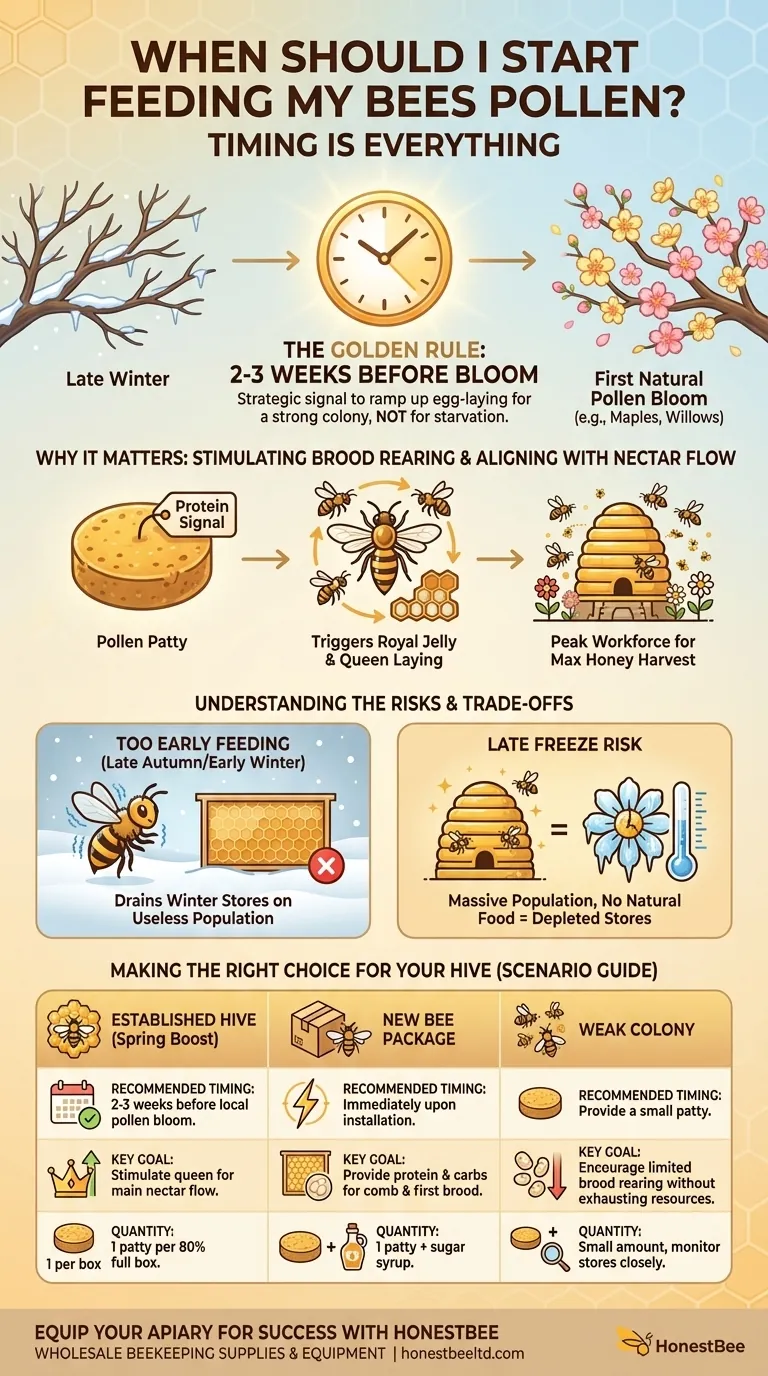
Related Products
- Professional Galvanized Hive Strap with Secure Locking Buckle for Beekeeping
- Brown Nicot Queen Cell Cups for Breeding Queen Bees Beekeeping
- High Performance Plastic Queen Excluder for Beekeeping and Apiary Management
- Professional Spring-Action Queen Catcher Clip
- Stainless Steel Honey Bee Smoker Hive and Honeycomb Smoker for Beekeeping
People Also Ask
- What are the types of Emlocks available? Choose the Right Strap for Hive Security
- How should a cam buckle strap be installed for optimal performance? Master the Leverage for Maximum Tension
- Can straps with hook ends be used for beehives? A Guide to Secure Hive Management
- How can beekeepers secure the top cover of a hive? Protect Your Colony from Wind and Weather
- Why are hive straps important for beekeepers? Secure Your Hives Against Wind, Predators & Transport



